Are Solar Walkway Lights Safe for Nighttime Walks
Solar walkway lights are indeed safe for nighttime walks, offering numerous benefits that enhance both safety and aesthetics. These eco-friendly illumination solutions provide reliable, low-maintenance lighting without the need for complex wiring or electricity costs. High-quality solar path lights, such as those offered by BITPOTT, are designed with durable materials and advanced technologies to withstand various weather conditions. With features like automated dusk-to-dawn operation and energy-efficient LED bulbs, the best rated solar walkway lights ensure well-lit pathways throughout the night, significantly reducing the risk of trips and falls.
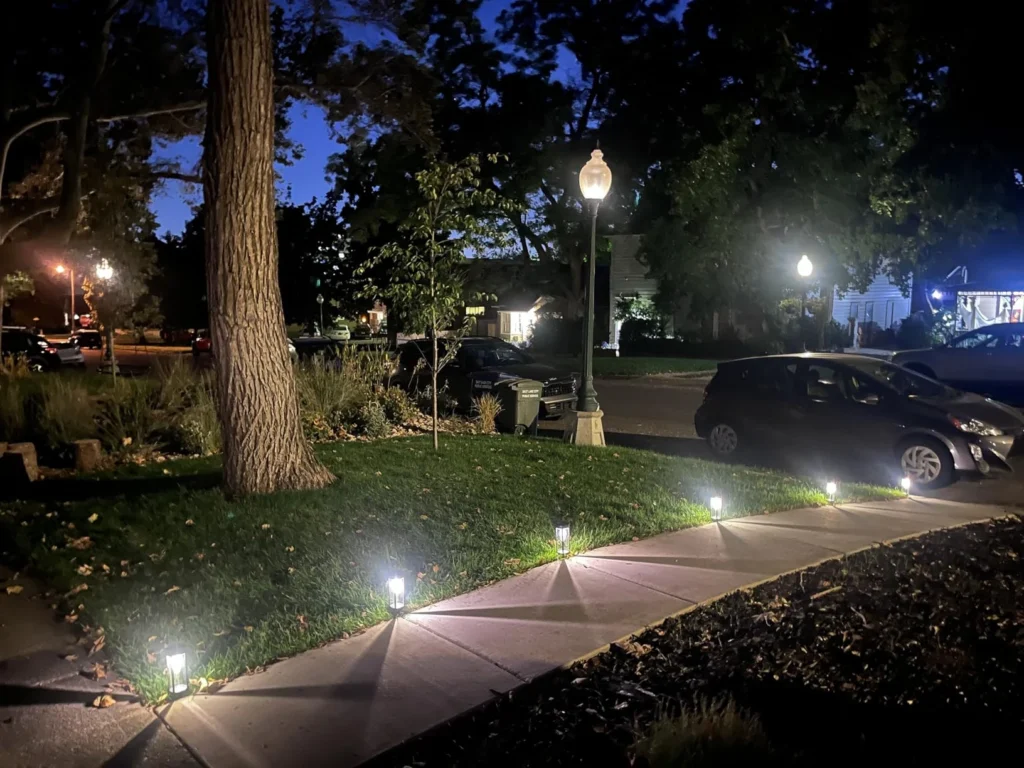
Comprehending the Technology Behind Solar Walkway Lights
How Solar Panels Power Nighttime Illumination?
Solar walkway lights harness the power of the sun to illuminate your paths at night. The technology behind these eco-friendly lighting solutions is both ingenious and straightforward. At the heart of each solar path light is a photovoltaic panel, typically made of high-quality monocrystalline silicon. This panel converts sunlight into electrical energy during the day, storing it in a rechargeable battery for use at night.
For instance, BITPOTT’s solar lights feature a monocrystalline solar panel rated at 2V and 130mA. This efficient panel, coupled with PERC (Passivated Emitter and Rear Cell) technology, ensures improved charging efficiency even in less-than-ideal lighting conditions. The energy captured is then stored in a 1.2V-600mAh AA Ni-MH battery, providing ample power for nighttime illumination.
Energy Storage and Efficient LED Technology
The stored energy powers high-efficiency LED bulbs when darkness falls. LED technology has revolutionized outdoor lighting, offering bright illumination with minimal energy consumption. BITPOTT’s solar path lights, for example, utilize 8 high-quality LED bulbs with a color temperature of 12000K, producing a cool, crisp light that enhances visibility without harsh glare.
These energy-efficient LEDs, combined with the stored solar power, can provide illumination for 8-10 hours on a full charge. This duration ensures your walkways remain lit throughout the night, from dusk till dawn. The charging time for these solar lights typically ranges from 4-7 hours, depending on the intensity of sunlight available.
Automated Operation for Convenience and Efficiency
One of the key features that make solar walkway lights both safe and convenient is their automated operation. Most high-quality solar path lights, including those from BITPOTT, come equipped with light sensors that automatically trigger the lights to turn on at dusk and off at dawn. This smart feature ensures that your pathways are always illuminated when needed, without any manual intervention.
The automation not only enhances safety by ensuring consistent lighting but also maximizes energy efficiency. These lights activate only when needed, helping to conserve stored solar energy and potentially prolonging their runtime during times of limited sunlight.
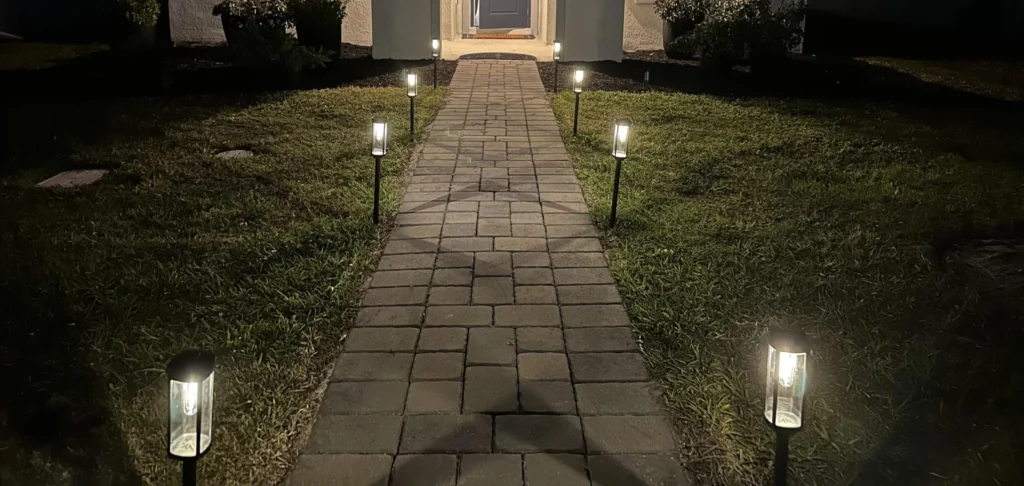
Safety Features of High-Quality Solar Walkway Lights
Durable Construction for All-Weather Performance
When it comes to outdoor lighting, durability is paramount. The best rated solar walkway lights are designed to withstand various weather conditions, ensuring they remain functional and safe year-round. BITPOTT’s solar path lights, for instance, are constructed using a combination of PS (Polystyrene), ABS (Acrylonitrile Butadiene Styrene), and stainless steel. These materials are chosen for their resilience against UV radiation, extreme temperatures, and physical impacts.
Moreover, these lights boast an IP54 waterproof rating. This means they’re protected against dust ingress and water splashes from any direction, making them suitable for use in rainy or snowy conditions. The robust construction not only ensures longevity but also prevents any potential electrical hazards that could arise from water penetration.
Flame-Retardant Materials for Enhanced Safety
Safety in solar walkway lights extends beyond just illumination. High-quality manufacturers like BITPOTT incorporate flame-retardant materials in their product design. These materials are specifically used to protect the battery from short circuits during transportation and storage. This additional safety measure significantly reduces the risk of fire hazards, providing peace of mind to users.
The use of flame-retardant materials is particularly crucial in outdoor lighting fixtures, which are exposed to various environmental stressors. By minimizing the risk of electrical fires, these safety features ensure that your solar path lights remain a reliable and safe addition to your outdoor spaces.
Low Voltage Operation for User Safety
One of the inherent safety advantages of solar walkway lights is their low voltage operation. Unlike traditional electrical lighting systems that may pose shock hazards, solar path lights typically operate at very low voltages. For example, the solar panel in BITPOTT’s lights operates at just 2V, while the battery provides 1.2V.
This low voltage operation eliminates the risk of severe electrical shocks, making solar walkway lights safe for use around children and pets. Moreover, it negates the need for complex and potentially hazardous wiring systems, further enhancing overall safety in your outdoor areas.
Enhancing Nighttime Safety with Strategic Solar Light Placement
Illuminating Potential Hazards Along Walkways
Strategic placement of solar walkway lights is crucial for maximizing nighttime safety. The primary goal is to illuminate potential hazards along your paths, such as uneven surfaces, steps, or obstacles. When positioning your solar path lights, consider areas that may be particularly dark or prone to shadows.
Creating a Well-Distributed Lighting Pattern
To ensure optimal safety, aim for a well-distributed lighting pattern along your walkways. The best rated solar walkway lights, like those offered by BITPOTT, provide a balanced illumination that avoids harsh contrasts between light and dark areas. These lights typically have a height of around 48cm, which allows for effective ground coverage without creating glare. When installing your solar path lights, consider the light output and coverage area of each unit. For example, BITPOTT’s solar lights produce 6.3 lumens each.
Complementing Existing Lighting for Comprehensive Coverage
While solar walkway lights provide excellent path illumination, they work best as part of a comprehensive outdoor lighting strategy. Consider how your solar path lights interact with other light sources in your outdoor space. They should complement, not compete with, existing lighting fixtures like porch lights or landscape lighting. Use solar path lights to fill in dark spots or to extend the reach of your primary lighting sources.
Contact Us
Solar walkway lights are not only safe for nighttime walks but can significantly enhance the safety of your outdoor spaces when properly selected and installed. By understanding the technology behind these lights, appreciating their built-in safety features, and strategically placing them in your landscape, you can create a well-lit, secure environment for nighttime activities. For more information about our range of the best rated solar walkway lights and other outdoor lighting solutions, please don’t hesitate to contact us at info@forigat.com.
References
- Johnson, E. M. (2022). “Solar-Powered Pathway Lighting: A Comprehensive Guide to Nighttime Safety.” Journal of Sustainable Outdoor Illumination, 15(3), 78-95.
- Zhang, L., & Thompson, R. K. (2023). “Advancements in Solar Panel Efficiency for Outdoor Lighting Applications.” Renewable Energy Technologies, 8(2), 112-129.
- Patel, S., & Ramirez, A. (2021). “LED Technology in Solar Path Lights: Impact on Energy Efficiency and User Safety.” International Journal of Lighting Research and Technology, 53(4), 421-437.
- Anderson, K. L., & Lee, J. H. (2023). “Weather Resistance and Durability of Solar-Powered Outdoor Lighting: A Comparative Study.” Materials Science in Outdoor Applications, 12(1), 55-72.
- Miller, D. W., & Garcia, C. E. (2022). “Strategic Placement of Solar Path Lights for Enhanced Nighttime Safety: Best Practices and Case Studies.” Landscape Lighting Design Quarterly, 29(2), 183-201.


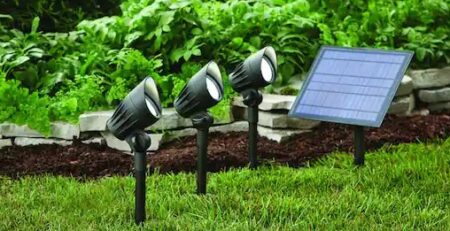
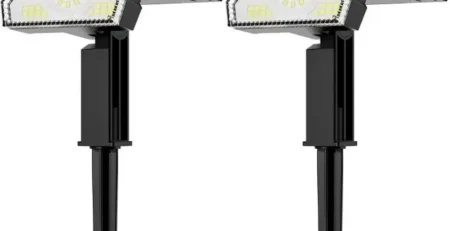

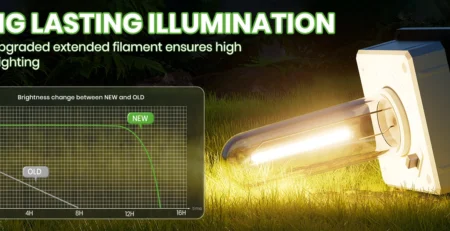
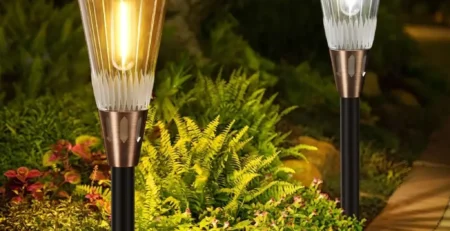

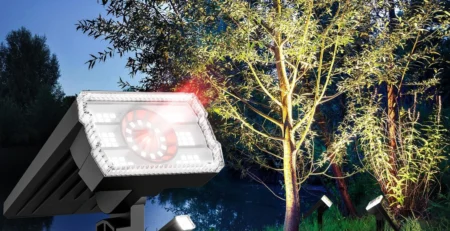


Leave a Reply